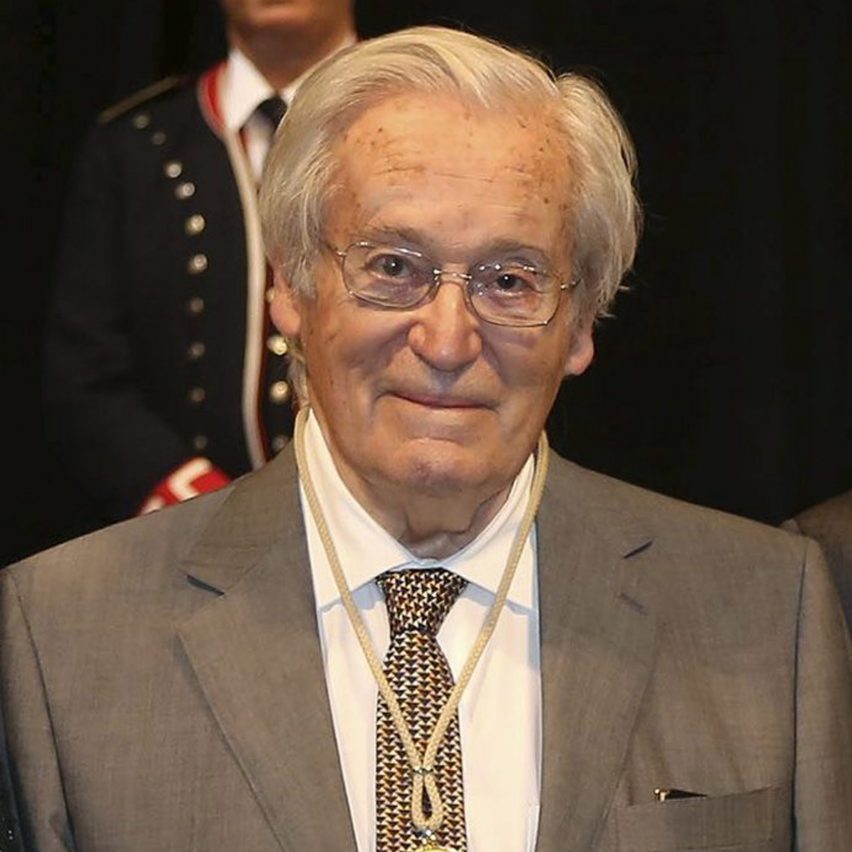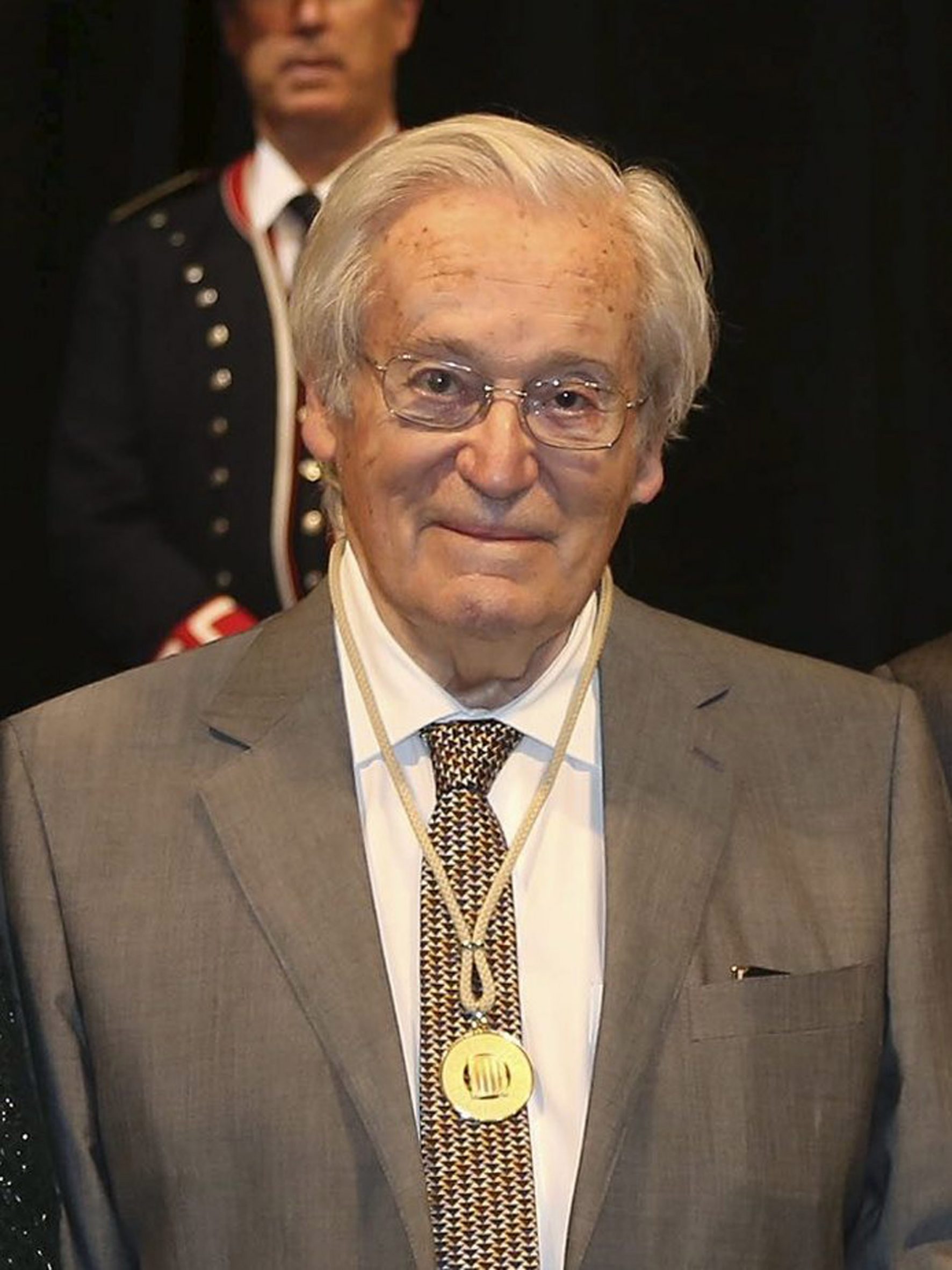
Oriol Bohigas, the Catalan architect behind the modernisation of Barcelona, has died at the age of 95.
Bohigas, who had Parkinson's disease for a number of years before his death, passed away on 30 November 2021.
An architect and urban planner who co-founded the firm MBM Arquitectes, he was best known for his work transforming the city of Barcelona ahead of the 1992 Summer Olympics.
Barcelona had grown haphazardly in the aftermath of the second world war and was cut off from its beaches by industrial buildings, but interventions made by Bohigas in the 1980s and 1990s reconnected the city to its waterfront and turned it into a thriving modern city and tourism capital.

With MBM Arquitectes, Bohigas designed the Villa Olímpica athletes' village, replacing the industrial site on Barcelona's beachfront with what would later become market housing, and Port Olímpic, a new port for the influx of tourists.
Rather than focusing on a few key sports buildings, the Olympic project saw investment spread across the city, adding green spaces, major road arteries and neighbourhood improvements that would outlast the Summer Games.
A lifelong advocate for modernity
The project continued work that Bohigas had begun in 1980 as urban planning delegate on the Barcelona City Council, from where he pushed for the transformation of the city.
He had been a lifelong advocate for modernity, arguing in print as early as 1950 for a departure from the neoclassical and monumental architecture favoured by Spain's nationalist dictator, Francisco Franco, who ruled until 1975.
After graduating from the Barcelona School of Architecture, he joined with other like minds in forming Grupo R, to advocate for modern and rationalist architecture in the city.
Later, he became a professor at the Escuela Técnica Superior de Arquitectura de Barcelona and was elected its director in 1977, and he co-founded MBM with Josep Martorell and David Mackay.
Olympics regeneration work emulated worldwide
The culmination of Bohigas's work, the pre-Olympics transformation of Barcelona, is now celebrated the world over as a successful example of urban regeneration. Other cities have tried to emulate "the Barcelona Model", including London in its preparations for the 2012 Olympics.
In another sign of the project's uniqueness, the RIBA awarded Barcelona its 1999 Royal Gold Medal for Architecture – the only time it has chosen a city and not an individual or studio – and singled out Bohigas as one of five key individuals.
"With London getting a new mayor you need someone like Oriol Bohigas, who was the head of a school of architecture, who got the city going and developed a theory," said judge Peter Carolin at the time.
President of the Government of Catalonia, Pere Aragonès i Garcia, was among those to pay tribute to Bohigas on Twitter last week.
"Goodbye to the great transformer of Barcelona," he wrote. "To the long-sighted architect. To the committed intellectual. A benchmark for the country has died. Rest in peace, Oriol Bohigas."
Among Bohigas' other well-known projects is the Pavilion of the Future at the Universal Exhibition in Seville in 1992 and the Design Museum of Barcelona. He also authored many books.
The main image is by Galazan via Wikimedia Commons.
The post "The great transformer of Barcelona" architect Oriol Bohigas dies aged 95 appeared first on Dezeen.
No comments:
Post a Comment